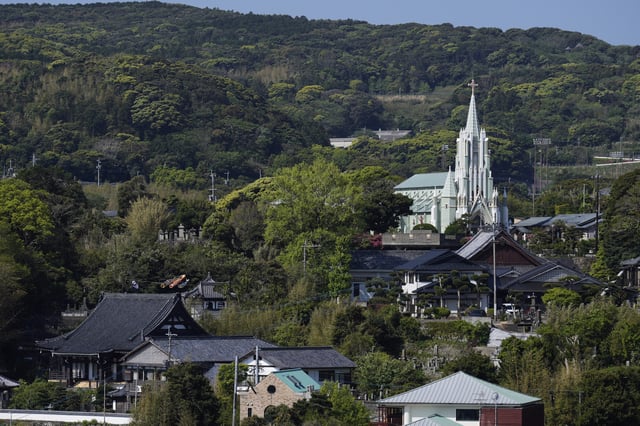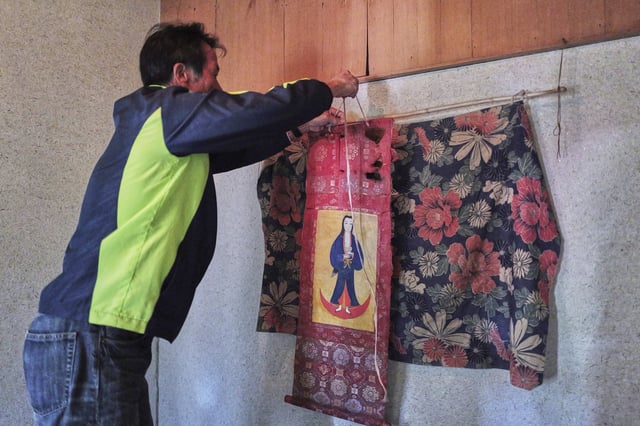Overview
- Hidden Christianity emerged in the 17th century when believers hid Christian symbols and adopted Buddhist forms to evade shogunate persecution.
- Fewer than 100 practitioners remain and no baptisms have been performed since 1994 as elders age and younger generations relocate to cities.
- Adherents still pray to the “Closet God,” using scroll paintings of Mary and Jesus disguised as a Buddhist Bodhisattva, and chant in Latin passed down for centuries.
- Researchers and local officials are compiling oral histories, video interviews and ritual artifacts to preserve the faith’s legacy before its last members pass away.
- The absence of ordained clergy and the erosion of agricultural communal ties have weakened the structure that sustained Hidden Christianity for over 400 years.



